Guide to charging the right VAT rate
Business owners may be amused to discover VAT was hailed as “a simple tax” when the UK Government introduced it almost 50 years ago.
The fact is, the rules around VAT are complex; not least in terms of understanding what to charge, and how to record it accurately in your bookkeeping.
This blog aims to point you in the right direction when it comes to picking the correct rate. Firstly, it’s important to know that the Standard Rate of 20% VAT isn’t the only charge that exists.
The three VAT rates explained
Depending on what you sell to your customers, one of three VAT rates will apply:
- Standard rate – This means you will add 20% to your prices. The rate covers the bulk of goods and services sold in the UK, but there are exceptions.
- Reduced rate – You’ll charge this rate for certain items. Examples include energy contracts, and some health & welfare products. But it’s easiest to check the full list on the Government’s portal here to see when it applies.
- Zero-rated – You must still treat these goods and services as applicable for VAT, and record them in your accounts and on VAT returns, but you will charge your customers 0%. Some examples include children’s clothes, books and newspapers, and items to be exported outside the UK. Zero-rated export situations include:
-
- Great Britain (England, Wales and Scotland) to somewhere outside the UK
- Northern Ireland to somewhere outside the UK and EU
- Goods you supply from Northern Ireland to a VAT-registered EU business – you can check here if the VAT number is valid
Example: VAT on food and drink
The food and drink industry is a prime sector to put under the spotlight; after all, its total value tops £200bn in the UK. That makes it a popular place to start a business – but there are things you need to know about VAT if it’s your line of work.
For example:
- Food and beverages not classed as “luxury” items are almost always zero-rated[Text Wrapping Break]
- Despite this, there are times when they are charged at 20% VAT; event catering, alcohol and hot food (restaurants and takeaways) to name just a few instances
- You don’t need to charge VAT on cold food sold to customers…unless they’re eaten in an area specified by your establishment
Reflecting charges on your invoice
It’s important to note that rates may only be applied if certain conditions are met, such as who buys them, where they’re bought and whether you keep the right records.
Meanwhile, policymakers sometimes choose to change VAT rates – such as helping out hospitality during COVID-19 – so it’s always worth checking for rate updates.
Remember that when you sell goods or services, you must do the following:
- work out the VAT-inclusive price using the correct VAT rate of the three that are described above
- show the VAT information on your invoice; invoices must include your VAT number, and display the VAT rate and total separately
- show the transaction in your VAT accounts
- record the rate and amount on your VAT return, and in your bookkeeping – manually, using software, or through an agent/accountant
We hope this article has simplified VAT rates for you, as far as is possible. Admittedly, many grey areas exist so always double check before charging.

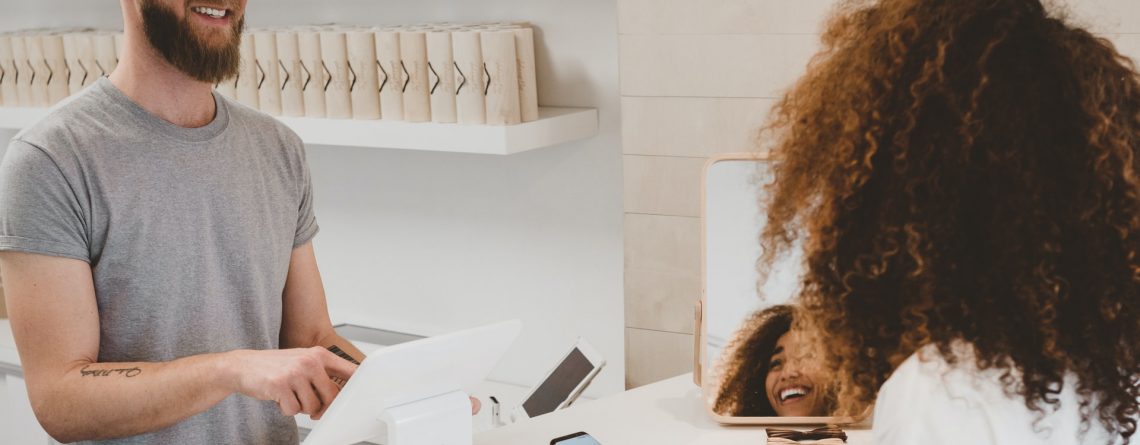
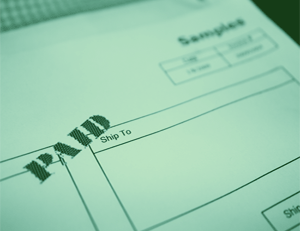
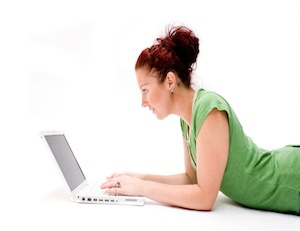
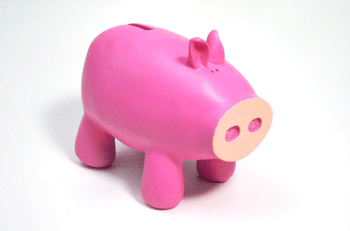
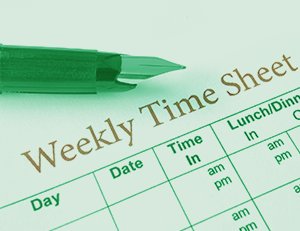
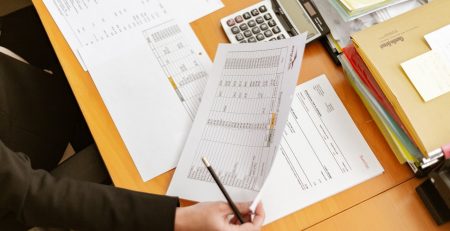
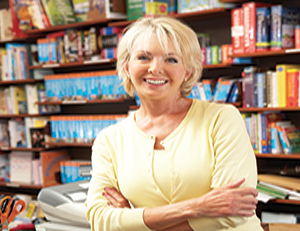



Leave a Reply